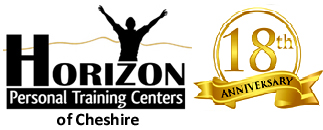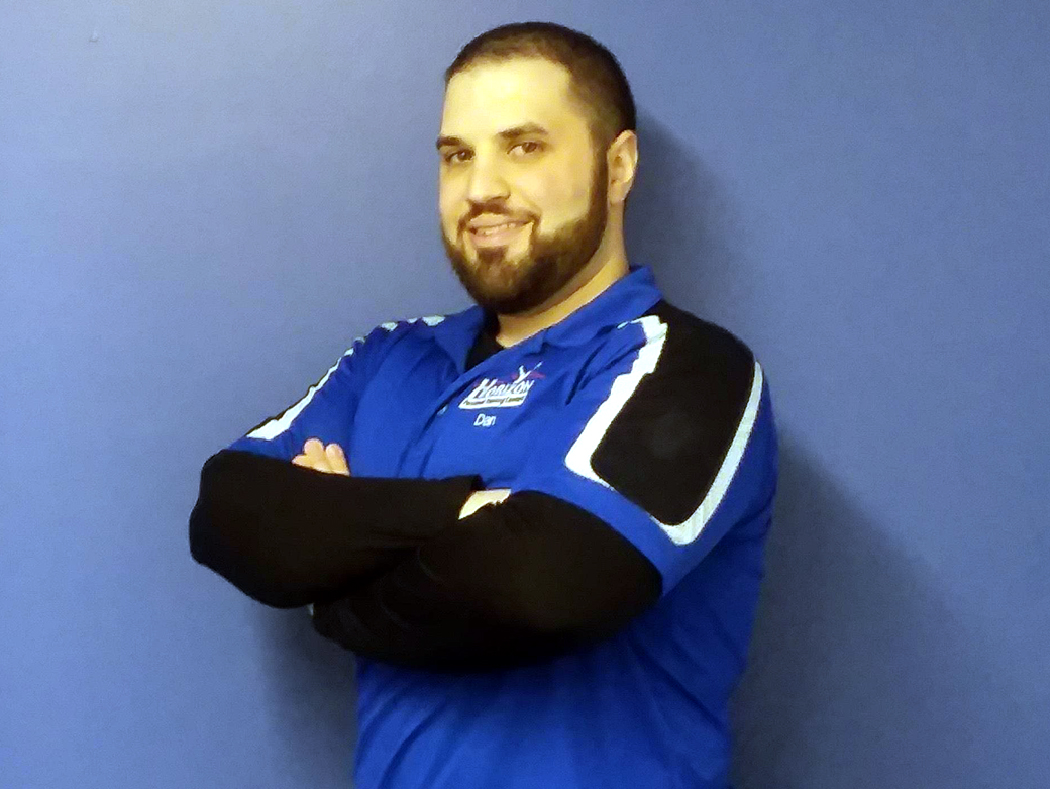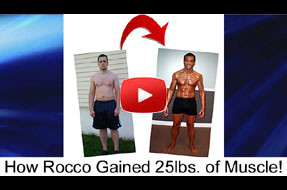
What Is the Core?
If you have been in or around a gym, seen any Instagram workout pages or read any workout blogs anytime in the last 10 years, you’ve most likely heard the term “core.” Core has become one of the biggest buzz words in the industry over the last few years, but what exactly is it?
Everyone knows they need to work their core and that “they have a weak core” causing many of their issues. The problem is that most people don’t actually know what the core is, or what it actually consists of. A lot of trainers will perpetuate this problem by using it as a “buzz word” without really explaining what the core is, or what it does.
The first thing to understand is that there is no magic muscle named “the core” that is the root/fix for everyone’s physical ailments. There are two definitions of the anatomical core. The first and most literal and true definition of core is the entire trunk, excluding the extremities. It is literally the “core” of the body and is the center which everything extends from. It includes the chest, back, abs, trapezius, and hips.
The more common definition is a muscle group that includes the rectus abdominis (the “six-pack”); the erector spinae; the internal and external obliques; and the transverse abdominis. This core is also referred to the abs. For clarity and ease, in the rest of this article, when “core” is used, it is referring to this definition.
The core is, in fact, one the most important muscle groups to properly train. As the center point of the body, every action revolves around the core. It supports and stabilizes the entire body and is crucial in performing anti-gravity actions.
Anti-gravity simply means the core resists gravity while moving in any direction and aids in balancing the body on uneven ground. If it weren’t for the core, a person would not be able to stand up straight, as the forces of gravity would pull the upper body down.
For athletes, the core is imperative for a few key reasons. Running athletes, for example, need their core for stabilizing and holding the trunk in the forward lean, which is necessary for optimal speed. For rotational athletes, the trunk rotates from the core. The stronger and more explosive the core, the greater the velocity in rotation will be. For throwing and kicking athletes, the core is responsible for helping decelerate the leg or arm that is moving. Without the assistance of the core to help with this deceleration, the leg or arm would swing back with such force and lack of control, that it would put the tendons and ligaments at great risk.
For general population, the core stabilizes the trunk in any position the body is put in. It also helps balance the body when it is on uneven surfaces. One of the most popular ailments that people experience as they get older is a weak or painful lower back. Often this can be attributed to repeated improper body position and a weak core that can not support the position of the body. All of these together are why properly training the core is so important for everyone.
The importance of the core means that the way it gets trained is of equal importance. The core has four actions that need to be trained. They are as follows: flexion, extension, rotation, and stabilization.
Flexion is the action that is most often trained. Most people will train sit ups “all day long.” Sit-ups focus on the rectus abdominis which is commonly referred to as the six-pack. People often focus on this because these are the most visible muscles of the core, but people mistakenly believe that by training this one muscle, they are going to have a strong core. Unfortunately, this is not the case; it is very possible to have a six- pack and still have a weak core.
Extension can be trained with exercises like hyperextensions and glute/ham raises. Extension exercises focus on the erector spinae, which is a group of muscles that make up the low back. Strengthening these muscles will help pull up the trunk and support the back. This is extremely effective for clients who are in a seated position for hours on end.
The next is rotation. The key muscles for rotation are going to be the obliques. Rotation allows clients to turn their trunk and bend at an angle. Any twisting exercise can focus on the obliques.
Finally, and personally what I believe to be the most important, is stabilization. Stabilization focuses on making the trunk rigid and strong and able to handle all the other movements of the body. Stabilization exercises focus primarily on the transverse abdominis. The transverse abdominis is the deepest of the core muscles and creates a barrel inside the trunk. This muscle is crucial for stabilizing the body and can be trained in many ways. The best I have found is to create a vacuum (pulling the belly button to the spine) and performing the other movement of the core in a slow and controlled manner. The slower the movement, the more the stabilizers fire.
A perfect core routine will have exercises for all four actions. Perfecting your core will make crucial improvements in athletes and general population alike.
Daniel Fischman is a Certified Strength and Conditioning Specialist through the National Strength and Conditioning Association and head Personal Trainer at Horizon Personal Training Centers of Newington CT. He has over 10 years experience training everyone from athletes to general population. He specializes in injury prevention and pre/post rehab modalities as well as tactical strength and conditioning. whatever your goal is Dan has the safest, most effective, and most efficient answer for you!Personal Trainer serving West Hartford CT & surrounding towns.





